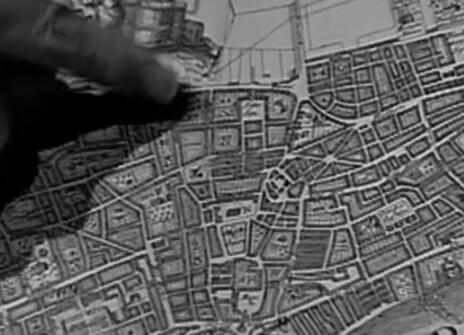Lecture 1 – The world of captain Gulliver
From the 1968 Lecture programme:
Let us look at our world with the eyes of a voyager from Lilliput or Brobdingnag. What large and small things can we find, in the living world, in the rest of nature, in the great storehouse of manmade things? We will examine the tiniest objects ever made by man, and some of the largest, too. Since we need to speak of many scales, we will discuss the simple artihmetic of large and small numbers, geometry of size itself, and the nature of length, area, and volume.
About the 1968 series of CHRISTMAS LECTURES
In the 1968 CHRISTMAS LECTURES, physicist Philip Morrison explores the science of scale through the eyes of Jonathan (also knows as Dean) Swift's classic book, Gulliver's Travels.
From the 1968 Lecture programme:
It was the marvellous imaginary voyages of Lemuel Gulliver which made us see a world of petty six-inch patriots, or of sixty-foot people, large-minded and generous. Dean Swift was not writing science, but he lighted for our minds the meaning of size in our perception and in all human affairs.
In science the scale of things is often decisive. We human beings can view the world from one scale only, our own. But in that world are ants and whales, mountains and seas, planets, stars and atoms. A great deal of their nature is explainable as the consequence of their magnitude, for the fundamental building bricks of all the world, the particles of the physicist, fix a size built somehow into everything material.





